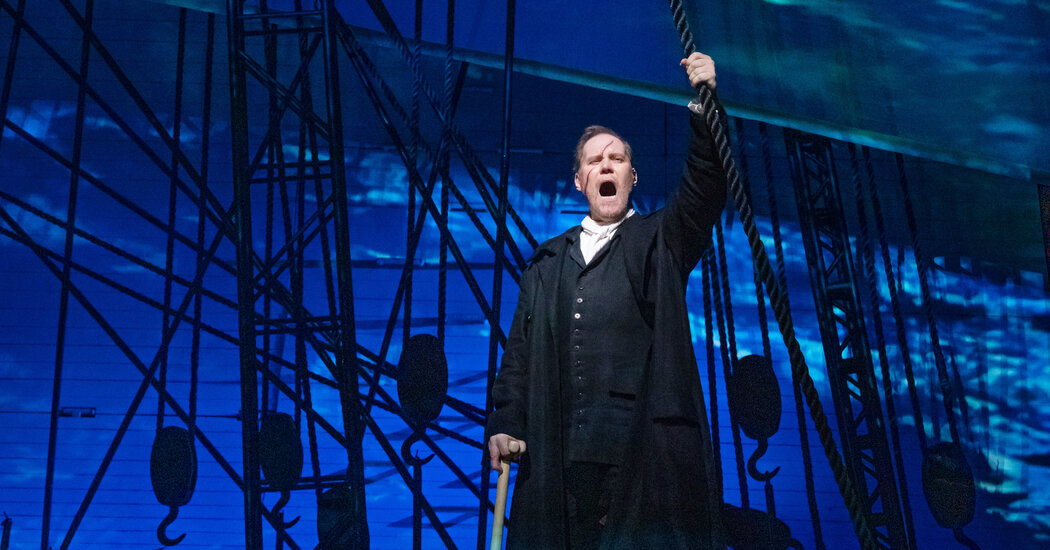Metropolitan Opera’s Moby-Dick: A Fresh but Flawed Adaptation
Introduction
The Metropolitan Opera’s 2010 production of Herman Melville’s “Moby-Dick,” adapted by Jake Heggie and Gene Scheer, has drawn attention for its distinct approach. Notably, the opera omits the iconic opening line “Call me Ishmael,” showcasing the creators’ desire for artistic independence while distilling Melville’s sprawling narrative into a more concise format.
Adapting a Literary Classic
Heggie and Scheer aim to maintain the essence of Melville’s work while stripping away some of the novel’s extensive digressions into whaling. Their adaptation focuses on the story’s core: the crew’s tumultuous relationship with their commander, Captain Ahab.
This streamlined narrative avoids the complexities often found in contemporary operas, instead opting for a linear progression centered on the Pequod and its crew, attempting to present them as relatable characters.
Thematic Depth vs. Musical Complexity
Despite the narrative clarity, the opera sometimes lacks an urgent emotional resonance. The philosophical weight and grandeur characteristic of Melville’s language are conveyed through a series of ponderous, reflective passages that can feel disproportionately paced.
The opera strives to evoke a dreamlike quality, reminiscent of Benjamin Britten’s “Billy Budd,” but it often falls short in musical variety. Heggie’s score, while competent, relies heavily on familiar styles reminiscent of composers like Philip Glass and John Adams, which may detract from its originality.
Character and Conflict
The central conflict ideally lies between Captain Ahab and Starbuck, the first mate. Ahab’s obsession with the elusive Moby Dick overshadows his humanity, while Starbuck embodies a more rational perspective aimed at preserving the crew’s safety.
Interestingly, the narrative introduces a subplot involving themes of friendship across racial and cultural lines between the characters Greenhorn and Queequeg, which diverges from the primary conflict.
Highlights and Performances
Significant moments of tension occur in Starbuck’s aria contemplating regicide to save his crew, as well as Ahab’s late vulnerability shared with Starbuck, revealing the emotional stakes of their voyage. These highlights resonate powerfully, but they are reserved for later in the opera.
The cast’s performance adds depth, with tenor Brandon Jovanovich portraying Ahab as a weary figure. Baritone Thomas Glass, stepping in as Starbuck shortly before the premiere, delivers a solid and confident interpretation, complemented by Janai Brugger as the ethereal cabin boy, Pip.
Production Design
The visual presentation of “Moby-Dick” is noteworthy, featuring a set designed by Robert Brill and enhanced by Elaine J. McCarthy’s projections. The staging captures the relentless and expansive spirit of the sea through effective use of rigging and lighting, creating an immersive experience.
Conclusion
While Heggie and Scheer have crafted a clear and coherent adaptation, the opera ultimately struggles to reach the emotional depth and musical inventiveness of its literary source. Their choice to withhold the iconic opening statement mirrors the opera’s journey—culminating in a poignant conclusion as Greenhorn, the lone survivor, is finally identified, connecting back to Melville’s narrative roots.
The adaptation of “Moby-Dick” at the Metropolitan Opera runs through March 29 at their Manhattan venue, presenting audiences with a thought-provoking yet imperfect homage to a literary classic.


